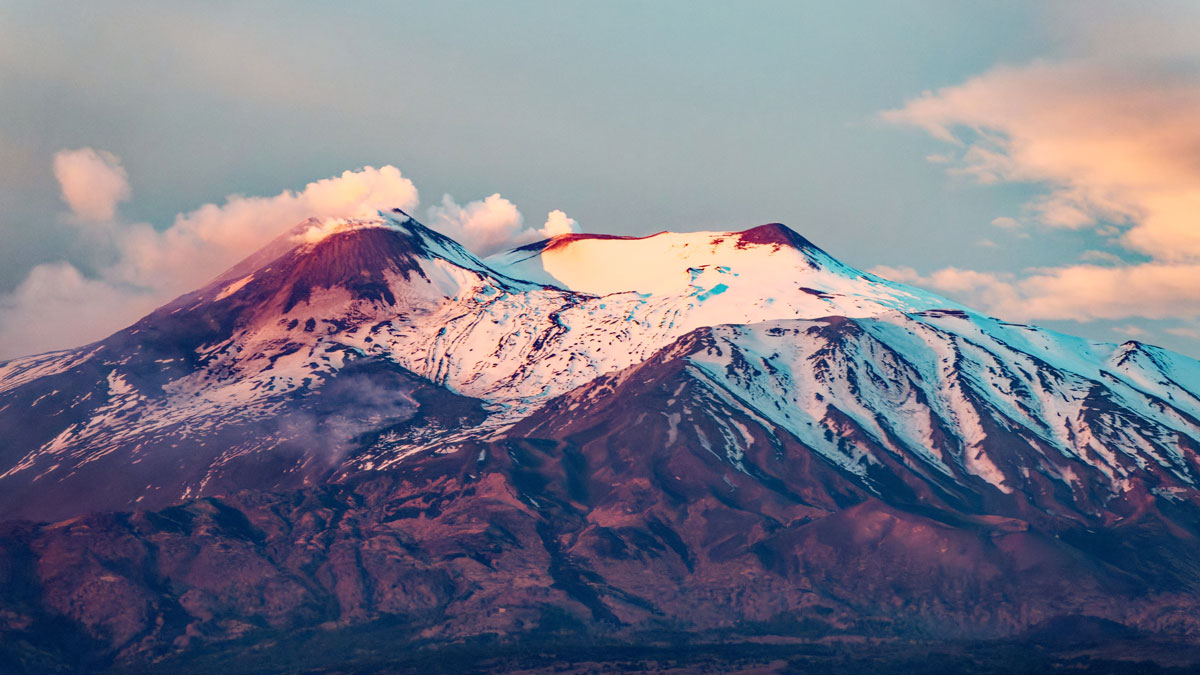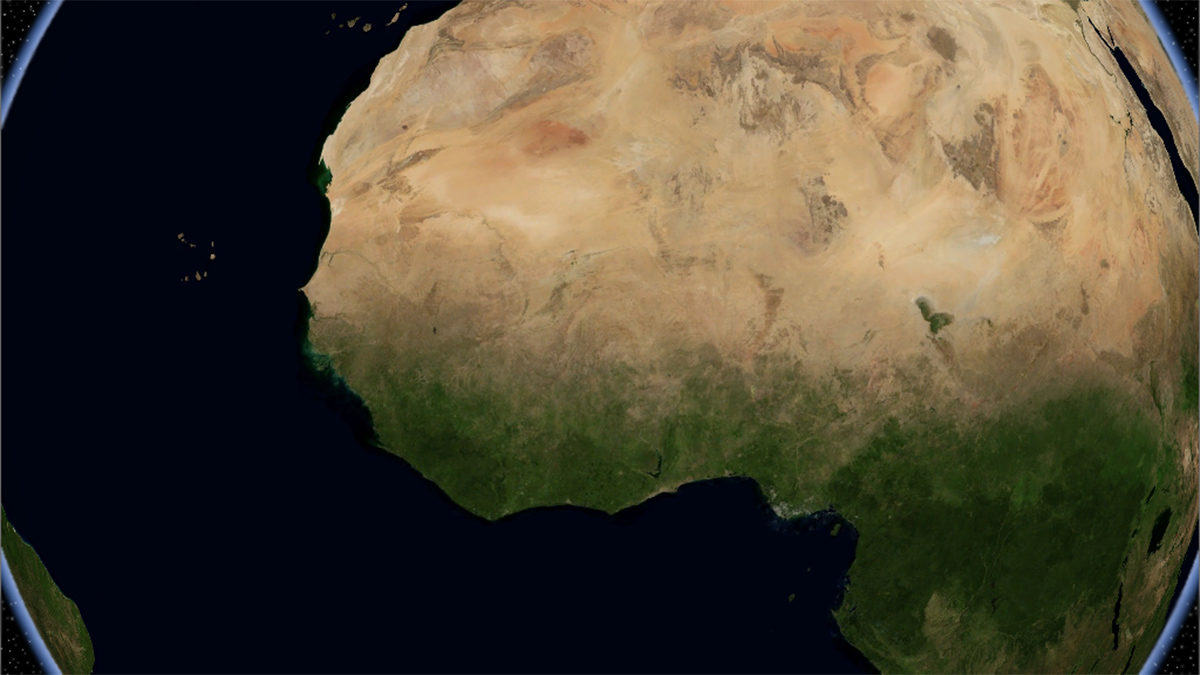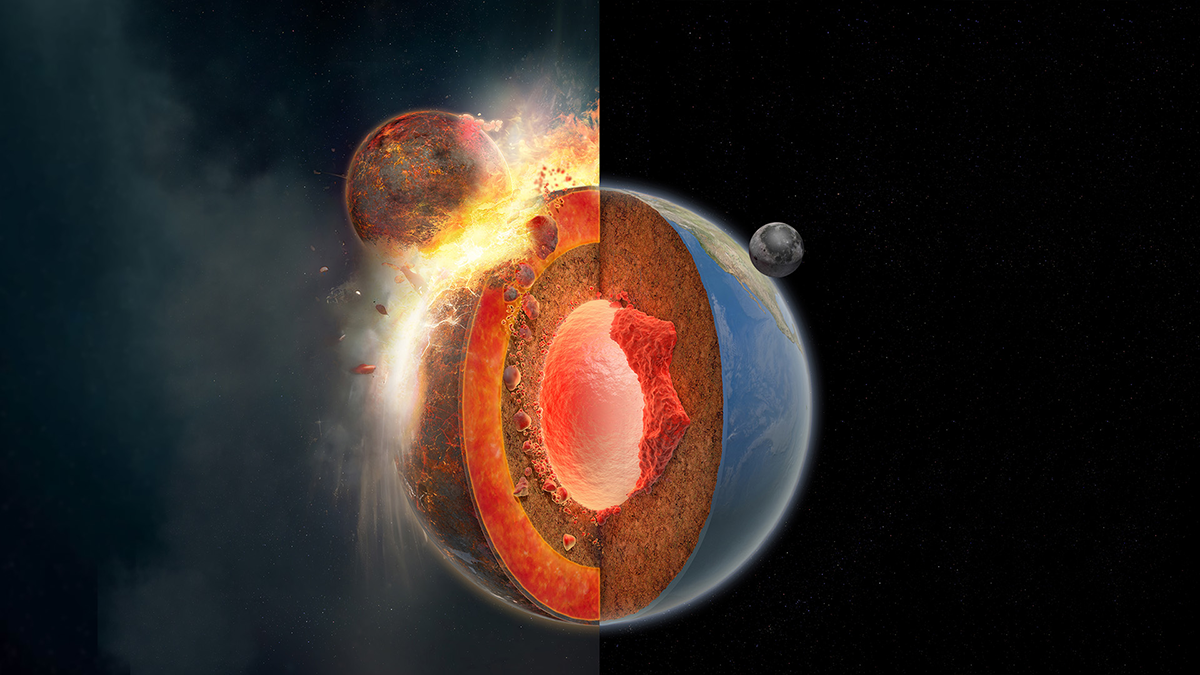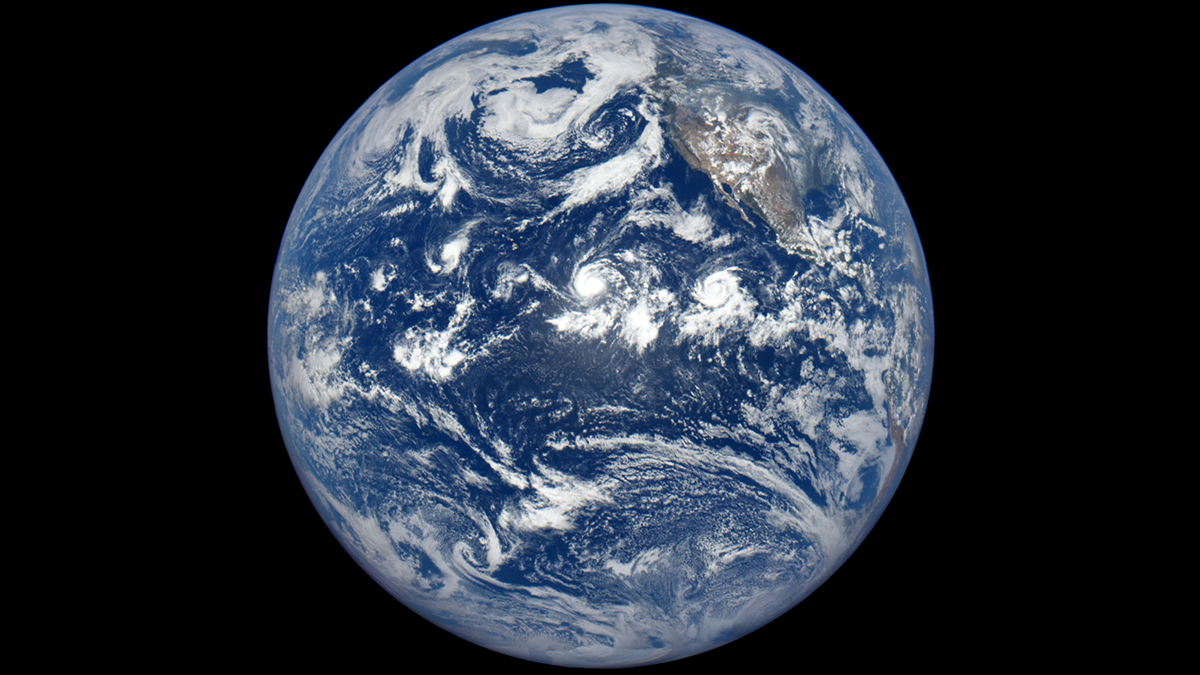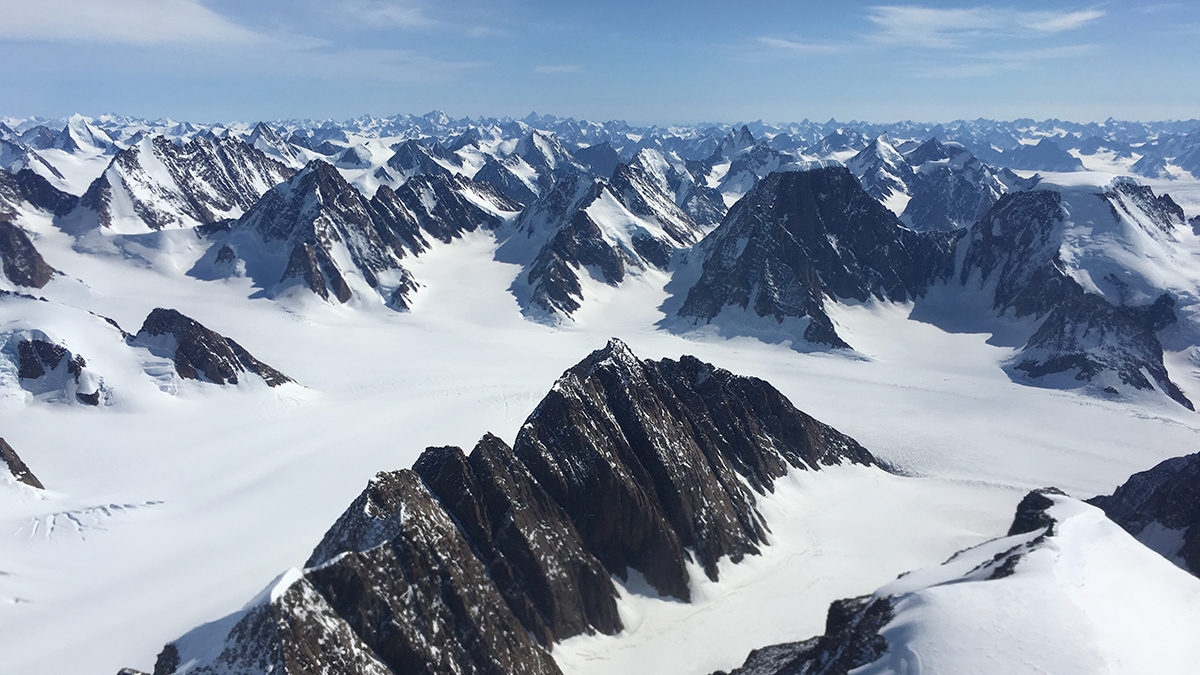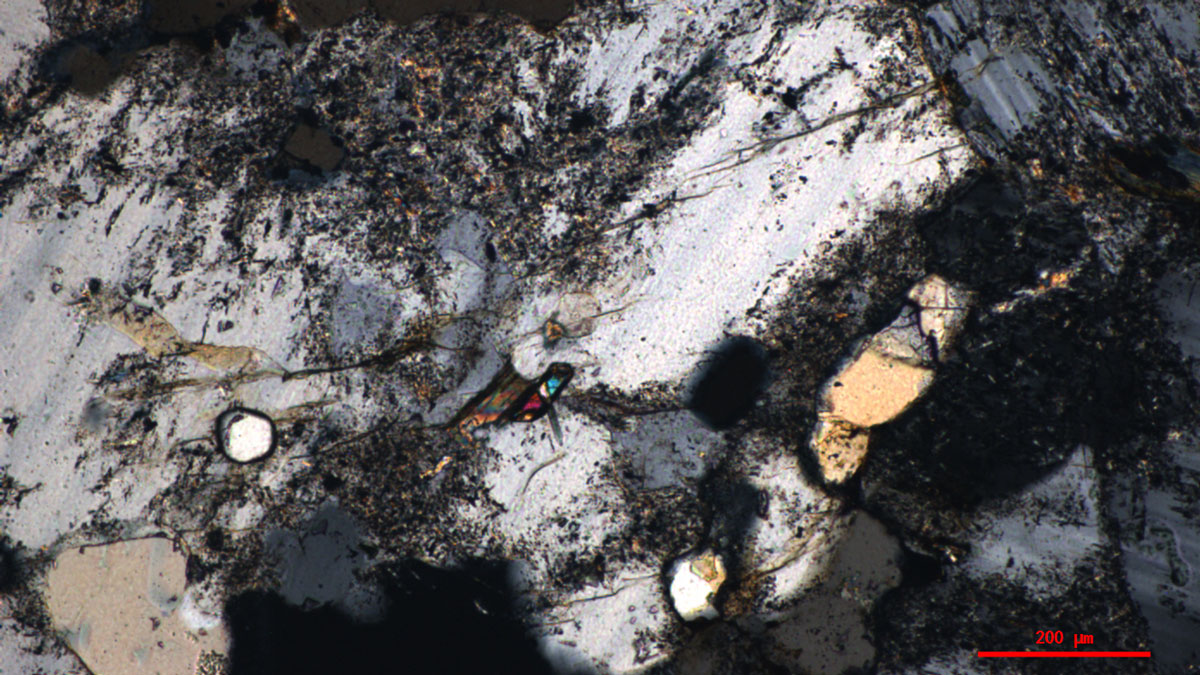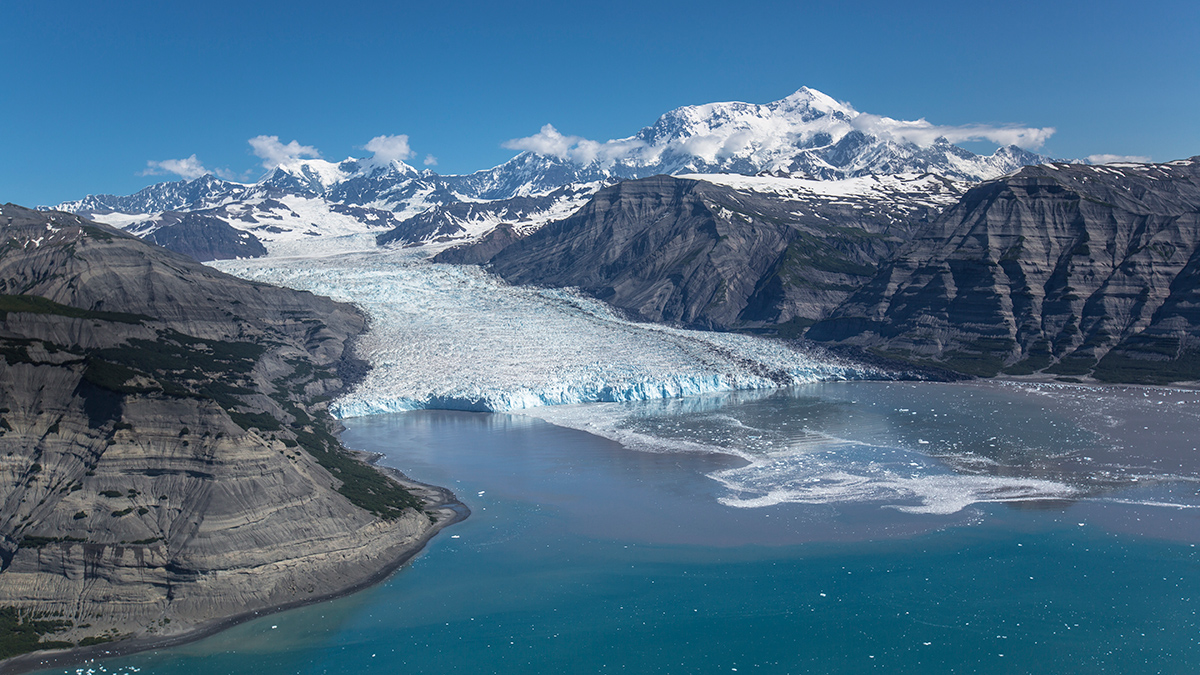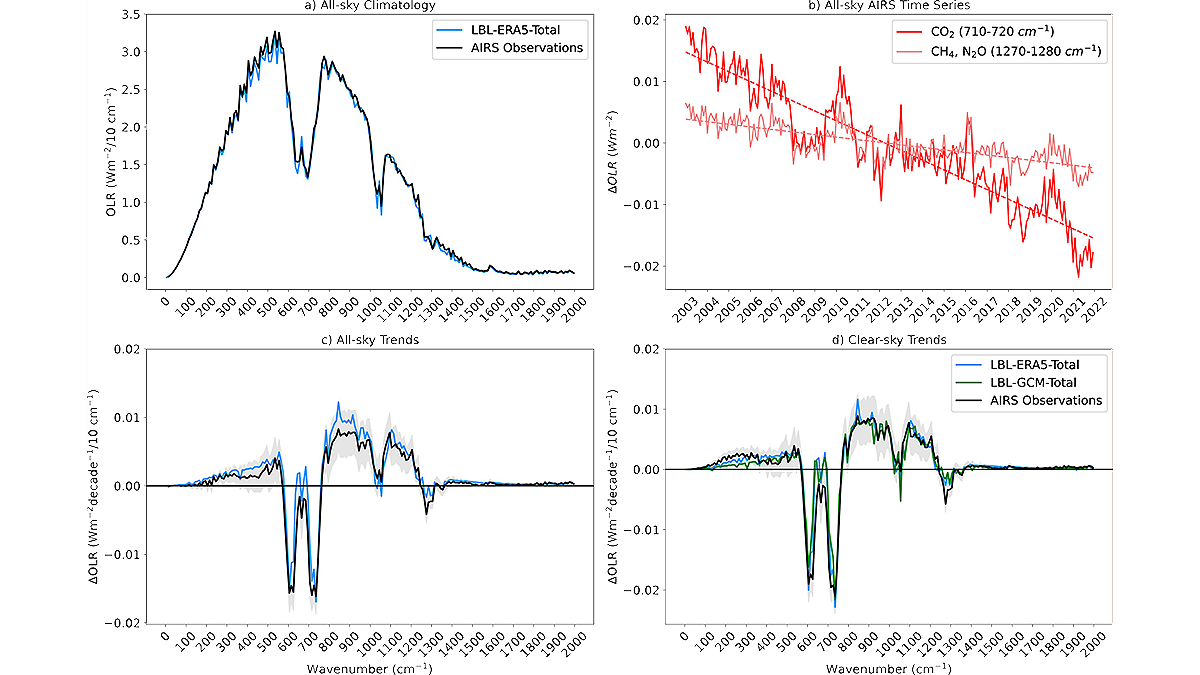Anisotropic tomography provides a more complete picture of the Sicilian volcano’s inner workings.
Geophysical Research Letters
Supersharp Images Reveal Scars of Major Eruption on Io
Jupiter’s volcanic moon is captured in exquisite detail by an instrument atop a mountain in Arizona.
Studying the Mystery of Uranus’s Curiously Weak Radiation Belts
The belts may not be weak at all—instead, they may be simply changing speed thanks to the planet’s asymmetric magnetic field.
Ancient Crustal Weaknesses Contribute to Modern Earthquakes in West Africa
Researchers dive into the mechanisms and stresses that trigger earthquakes along the passive margin and interior of the continent.
Earth’s Subduction May Have Been Triggered by the Same Event That Formed the Moon
The giant impact that formed the Moon may also have led to extrastrong mantle plumes that enabled the first subduction event, kick-starting Earth’s unique system of sliding plates.
Challenges in Evaluating Climate Sensitivity from Climate Models
In recognition of the 50th anniversary of Geophysical Research Letters, the editors showcase an exceptional study published in the journal that investigates the climate sensitivity in CMIP6 models.
Beneath the Ice: Greenland’s Geology Revealed in New Map
Advances in remote sensing offered an opportunity to redraw Greenland’s geologic map for the first time in 15 years.
Mantle Heat May Have Boosted Earth’s Crust 3 Billion Years Ago
Information from igneous zircon molecules gives researchers new insight into the workings of inner Earth.
A Million Years Without a Megaslide
A new study goes deep into the Gulf of Alaska to examine the sixth-largest underwater landslide and investigate why a similar event hasn’t happened since.
Using Satellite Observations for Attribution of Radiation Changes
Analysis of infrared satellite measurements identifies the climate response to an increase in greenhouse gases in the atmosphere.

